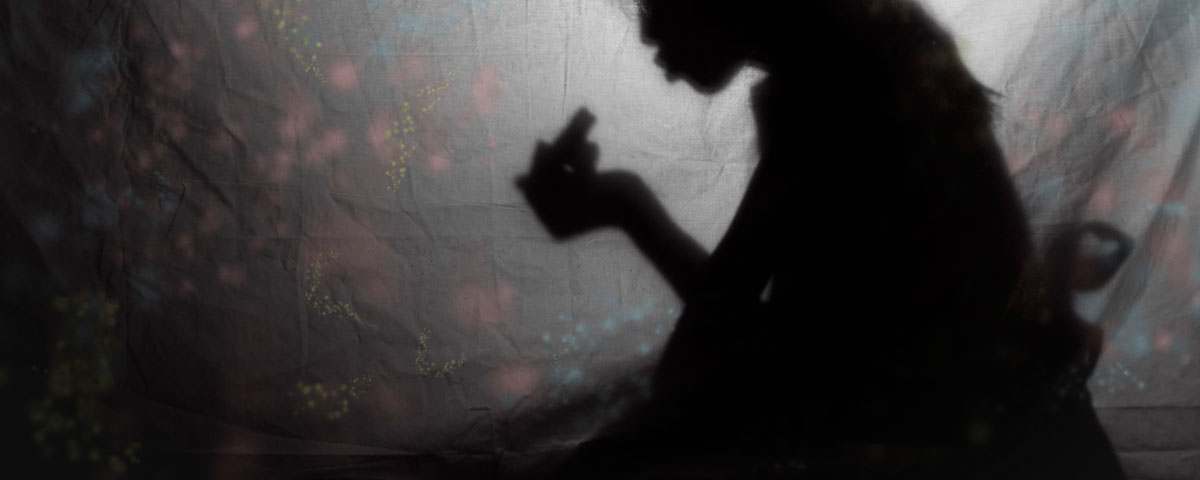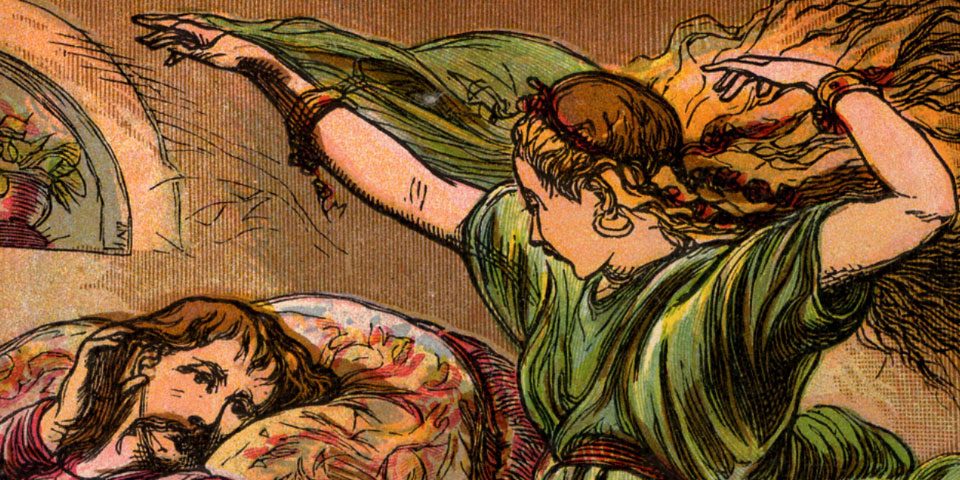
My What Big Warts You Have!
Would you keep your promise to a mud-dwelling frog, when the frog returns to seek payment on his promise? This question is particularly prickly if the payment on said promise is as you might expect, a little icky. In the fairy tale, The Princess And The Frog, this is the prickly dilemma posed to the young princess. She must repay the lowly frog for his favor, even though the princess is inclined not to.
So what’s a clever girl to do if a frog asks her to be true, but it’s not what the girl wants to do? Stand her ground and bend the rules? Or perhaps stick it out to see if the frog himself holds true?
Our culture has framed The Princess And The Frog as a parable on the merits of patience for those who seek true love. As the saying goes, “You have to kiss a lot of frogs before you find your handsome prince.” This is the long-legged prize dangled in front of every young girl. You get your prince, if you hang in long enough. But, is The Princess And The Frog really a parable of the benefits of patience and holding true? Or, is there a darker story hidden beneath its murky waters?
The Case of the Dastardly Frog and the Wayward Princess
The Princess And The Frog is one the best known stories in the The Brothers Grimm’s collected fairy tales. Likely because the story has a fickle princess as the lead character. And you know how little girls ears prick up when the “P” word is used. There’s also the unrequited love angle, which is always a big draw for audiences and it’s also filled with suspense and a “bang-up” surprise ending.
The cast of characters is limited. There is the princess, her two sisters, and her meddlesome father. And then we have the love interest. The frog prince and his faithful man servant — or as some might call him, wingman Iron Henry.
There have been numerous retellings of The Princess And The Frog, with titles such as: The Frog Prince, The Frog King, The Enchanted Frog, and Iron Henry. In Korea, the froggy prince’s tale is called, A Frog For A Husband. This iteration, does away with all pretense and royal titles and gets to the core of the story, the relationship between two courting parties.
The foundation of the story remains the same across all story variations. A girl searches for clean water or in some cases, a lost golden ball. The sought-after object is precious. The girl cannot find the object or posses it on her own. The girl, or “princess” in this story, needs a stranger’s help. This is the first major turning point in the story.
Alas! if I could only get my ball again, I would give all my fine clothes and jewels, and everything that I have in the world.
Enter mud-dwelling frog. The frog offers his help to the troubled girl. In return the frog seeks not pearls, jewels or fine clothes, but love, food, and to sleep on the princess’ pillow.
Whilst she was speaking, a frog put its head out of the water, and said, ‘Princess, why do you weep so bitterly?’ ‘Alas!’ said she, ‘what can you do for me, you nasty frog? My golden ball has fallen into the spring.’ The frog said, ‘I want not your pearls, and jewels, and fine clothes; but if you will love me, and let me live with you and eat from off your golden plate, and sleep upon your bed, I will bring you your ball again.’
An innocent request, right? Well, in the Brothers Grimm variation, the frog places stipulations on his contract. The princess seeks clean water. The frog promises to give the princess clean water. But the frog’s gift of clean water must be repaid with his stated desires for home, food, love and companionship. The frog gives the princess a stern warning if she does not comply with his demands.
If thou wilt my sweetheart be, clear, clear water I’ll give to thee; but if my love thou wilt not be, I’ll make it as muddy as muddy can be.
Repulsed at first, the princess quickly changes her tune. She is so overjoyed to have her desired object, she has become temporarily blind to the little green man’s affliction. The princess says yes to the demands of her pocket-sized suitor without worry or second thought. The elated princess returns home with her prize. Unbeknownst to her, the frog follows her home.
Then there came a knock at the door, and a voice called out, ‘Princess, princess, open the door for me!” She ran and opened the door. It was the frog, whom she had put completely out of her mind. Frightened, she slammed the door shut and returned to the table.
The meddling father, King-What’s-His-Name intervenes. He is a king who, besides drinking lots of well water and giving out golden balls to his offspring, likes to tell his wayward princess of a daughter what to do.
The king saw that her heart was pounding and asked, ‘Why are you afraid?’
‘There is a disgusting frog out there,’ she said, ‘who got my golden ball out of the water. I promised him that he could be my companion, but I didn’t think that he could leave his water, but now he is just outside the door and wants to come in.’ Just then there came a second knock at the door, and a voice called out:
‘Youngest daughter of the king. Open up the door for me. Don’t you know what yesterday?
You said to me down by the well? Youngest daughter of the king. Open up the door for me.’
And here’s where the king lays down the golden rule for his daughter. He makes the princess keep her end of the bargain.
The king said, ‘What you have promised, you must keep. Go and let the frog in.’ She obeyed, and the frog hopped in, then followed her up to her chair.
Now, most audiences would see this particular passage as a pivotal morality point in the story, and it is. The frog, portrayed as a lowly commoner from a different pond has given the princess something she could not attain on her own. All he asks in return from the princess is to share only a few things with him. Her home, her food and her bed.
But the princess does not want to keep her word. And in most cultures anyone worth their salt keeps their word, right? How selfish of the petulant royal. She is repulsed by the little green jumper. Her father immediately makes things right by pressuring his daughter to keep her promise. After all, there was an exchange of precious goods at the well — clean water, a golden ball. Some might call this arrangement, a marriage of sorts.
The princess was horrified when she heard that. She was afraid of the cold frog and did not dare to even touch him, and yet he was supposed to lie next to her in her bed; she began to cry and didn’t want to at all. Then the king became angry and commanded her to do what she had promised. There was no helping it; she had to do what her father wanted, but in her heart she was bitterly angry.
What a brat, right? Hold on, let’s not be so harsh on the picky princess. She could have a point here. Hear me out. We may be looking at the frog and princess arrangement too literally — only seeing the characters for their surface qualities. What if the frog’s odd enchantment isn’t literal, but a metaphor for his dark psyche. What if the princess’ leggy suitor (the frog) doesn’t simply appear to be ugly, but is truly ugly? Perhaps he has done something so ugly — an act so horrible that it has turned him into an “ugly frog”. That is to say, the frog’s enchantment spell is more about his character than his physical appearance. Maybe froggy is a seriously bad dude.
Mainstream interpretations of The Princess and the Frog take the frog’s enchantment at face value. The frog isn’t bad, he just looks that way. But can we be sure of that? Maybe he is a bad frog. All we have to go on is the frog’s word that he’s a cursed prince. Very thin evidence in any courtroom. How do we know if this is true.
So now what’s a clever girl to do if a frog asks her to be true, but it’s not what the girl wants to do? Stand her ground and bend the rules? Or stick it out to see if the frog holds true?
In the original version of the Brother’s Grimm tale, the princess stands her ground. When the frog climbs into her bed, she throws him “BANG!” against the wall.
She picked up the frog with two fingers, carried him to her room, and climbed into bed, but instead of laying him next to herself, she threw him bang! against the wall. ‘Now you will leave me in peace, you ugly frog!’
Now that’s obviously not a very nice thing to do — not to hold up to your end of the bargain. But, there’s a good chance the classic storytellers had a very different moral intent for the story. Perhaps the princess is wise to the frog’s dastardly ways and doesn’t believe him. Maybe she thinks he’s full of croaks and tongue-tied tales.
In modern retellings of The Princess and the Frog, the version we all know from childhood, the act of throwing the frog against the wall is removed. It is rewritten to a softer act, specifically a demure kiss. The princess follows her father (and the frog’s) commands and willingly kisses the frog when he makes his demands. This modern day rewrite removes any rebellion and portrays the princess as consenting. This modern story iteration is in essence a form of consent training. Remember the saying, “you’ve got to kiss a lot of frogs before you find your prince.”
Through the subtext of The Princess and the Frog narrative, young girls are taught not only to consent, but to put up with a lot of croaks. This should be of concern to critical thinkers. This is how culture, art and myth silently speaks to us all, between the lines.
The rebellious frog-throwing-princess doesn’t exist in our modern day The Princess and the Frog iterations. But, maybe she should. If we had more rebellious southpaw princesses, you might have less enchanted frogs, and more princes.





